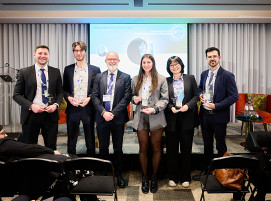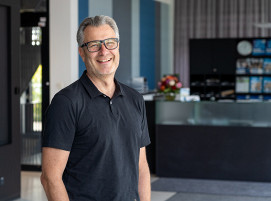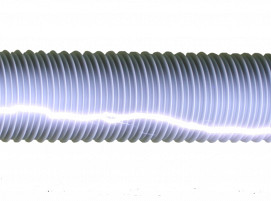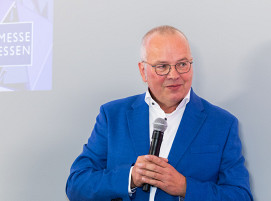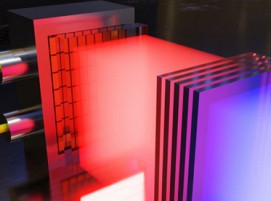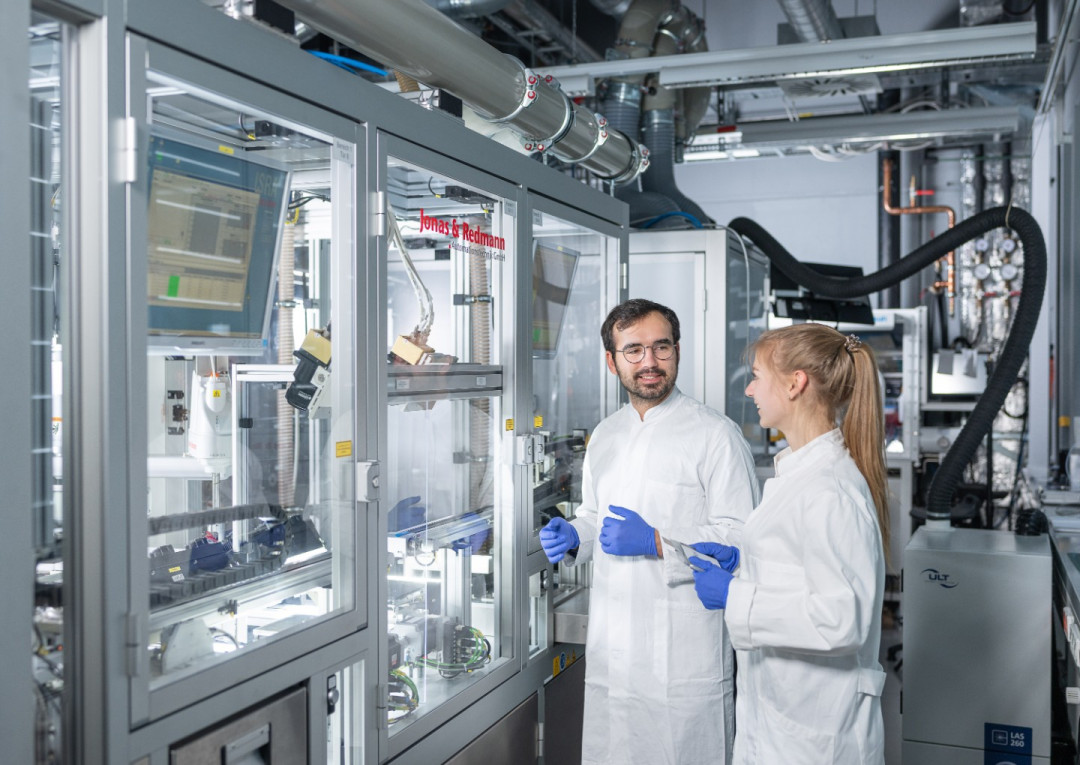
Silicon Nitride-based Particles as Promising Anode Material for Solid State Batteries
Novel storage material for solid-state batteries is the focus of the project “FB2-SiSuFest – Evaluation of silicon anodes in sulfide solid-state batteries”. As a promising anode material, silicon nitride-based particles could enable a high storage capacity with stable and safe operation. The research alliance of renowned partners has received funding from the Federal Ministry of Education and Research (BMBF) amounting to 1.7 million euros as part of the “Clusters Go Industry” funding guideline as part of the FestBatt cluster. The project will run from December 2023 through November 2025.
The ongoing development in the field of solid-state batteries faces the challenge of successfully transferring high-energy lithium metal anodes into industrial applications. The “FB2-SiSuFest” project investigates anode materials based on silicon nitride (SiNx) as a promising alternative to conventional solutions. This material could contribute to developing high-performance, safe, and stable battery cells. The research activities focus on producing and evaluating silicon nitride-based particles as anode material in sulfide solid-state batteries. The project aims to improve cycle stability significantly compared to conventional anode materials. By using amorphous nanoparticles of silicon nitride, the project partners aim to overcome the electrochemical and morphological challenges of applying pure silicon.
Silicon Nitride: Possible Alternative to Lithium Metal Anode?
Research within the FestBatt cluster focuses, for example, on different variants of sulfide-based solid-state batteries as pioneering technologies. Despite progress, some questions still need to be answered regarding the successful application of the high-energy lithium metal anode. Silicon could offer itself as an alloy-forming active material. However, there are still challenges due to electrochemical and morphological instabilities. These could be overcome by using silicon nitrides as amorphous nanoparticles by creating advantageous phases during the charging and discharging process. The research network's main objective is to further develop innovative SiNx active materials and evaluate them in composite anodes and sulfide solid-state batteries. The project team bases its work on systematic investigations, in-depth analysis, and material and process optimization, in particular, to evaluate charging and cycle stability compared to conventional silicon particles.
The experience and networking of the partner institutions, including the Institute for Inorganic and Analytical Chemistry at the University of Münster, the Fraunhofer Institute for Material and Beam Technology IWS in Dresden, the Institute for Energy and Material Processes at the University of Duisburg-Essen and the Institute of Physical Chemistry at Justus Liebig University Giessen form the solid foundation for the project. The collaboration strengthens not only the scientific exchange but also the integration with the thiophosphate and production platforms in the FestBatt Cluster.
(Source: Fraunhofer IWS Press Release)


